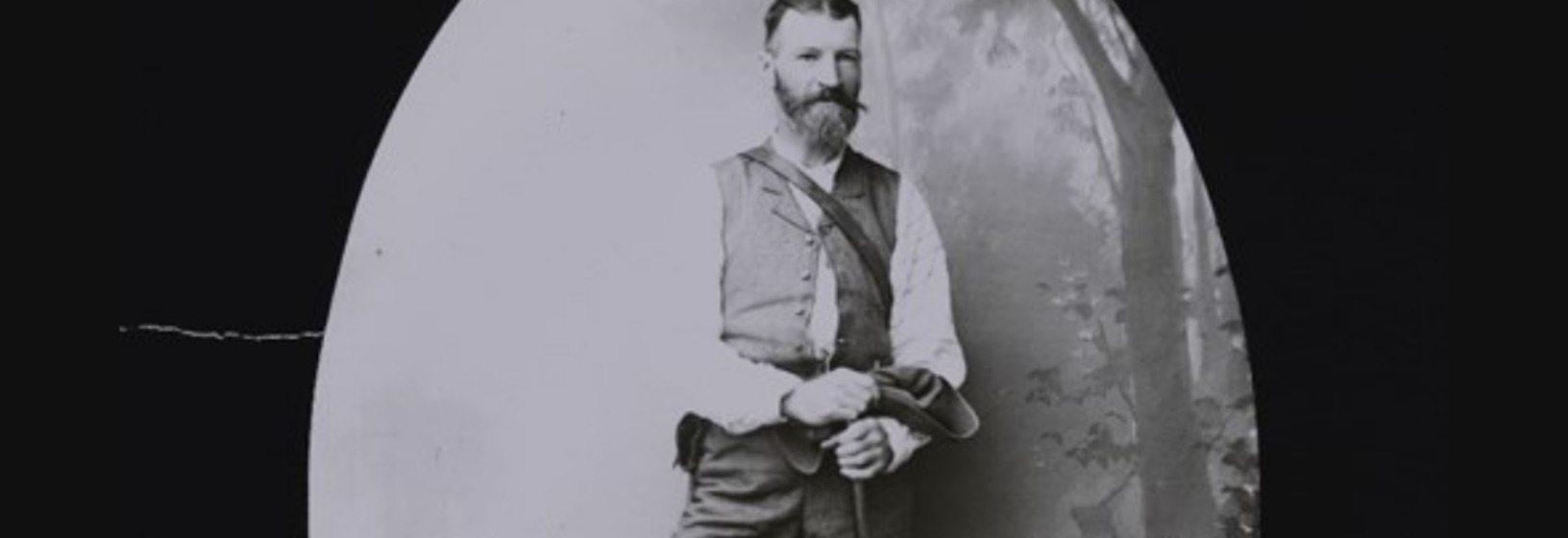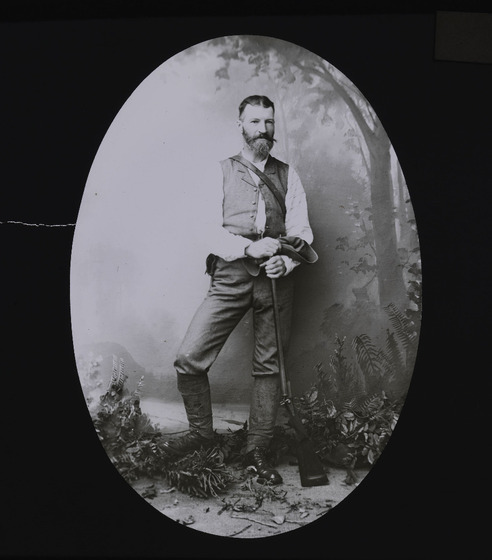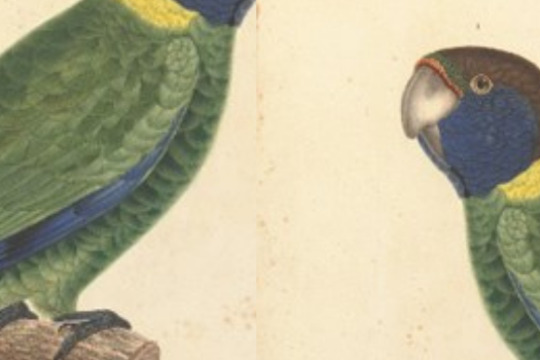Confident Leaders
Melbourne’s amateur ornithology community was thriving at the end of the 19th century. However, with no equivalent of the British Ornithologists Union or journal to share their observations and discoveries, local ornithologists had to be content with more general forums such as the Field Naturalists Club of Victoria and the Royal Society of Victoria.
Not all were content with this arrangement. From 1896, several of these increasingly professional amateurs began meeting informally for dinner and scientific discussion, often at one of Melbourne’s coffee palaces.
One of the instigators of those dinners was Archibald James Campbell (1853–1929). A customs officer by occupation, Campbell was a passionate egg collector, pioneer bird photographer and author. He embodied the new class of highly knowledgeable amateurs providing momentum, enthusiasm and energy to ornithology.
But the Fitzroy-born Campbell, raised under the sound of the magpie and the kookaburra but inspired by studying the outsider artwork of John Gould was developing an adventurous, decidedly local perspective of both the birds and their environment. It was a holistic approach which would mark his entire life.
Pursuing his passion, Campbell travelled throughout Australia, scientifically describing over thirty species. He contributed popular and scientific articles both locally and internationally. These papers formed the basis for his major publication Nests and Eggs of Australian Birds (1900). The most complete reference on Australian bird life since Gould, it was both scientific and popular, mixing engaging yarns alongside scientific observations. One of the earliest wildlife photographers, Campbell animated the text with extraordinary images of birdlife, pristine environments, and remarkable feats of agility in search of birds and nests.
Campbell, with his unique local voice, marked a very Australian brand of ornithology. These now confident leaders in their field soon moved from informal dinners to the formation of the Royal Australasian Ornithologists Union (1901) and its own journal Emu.
















